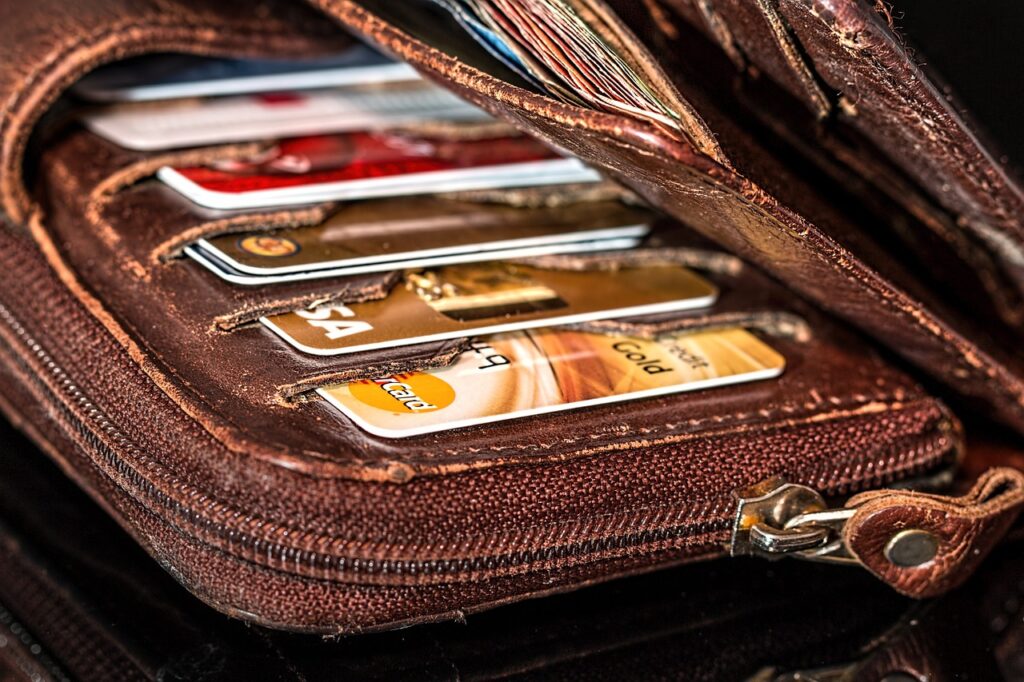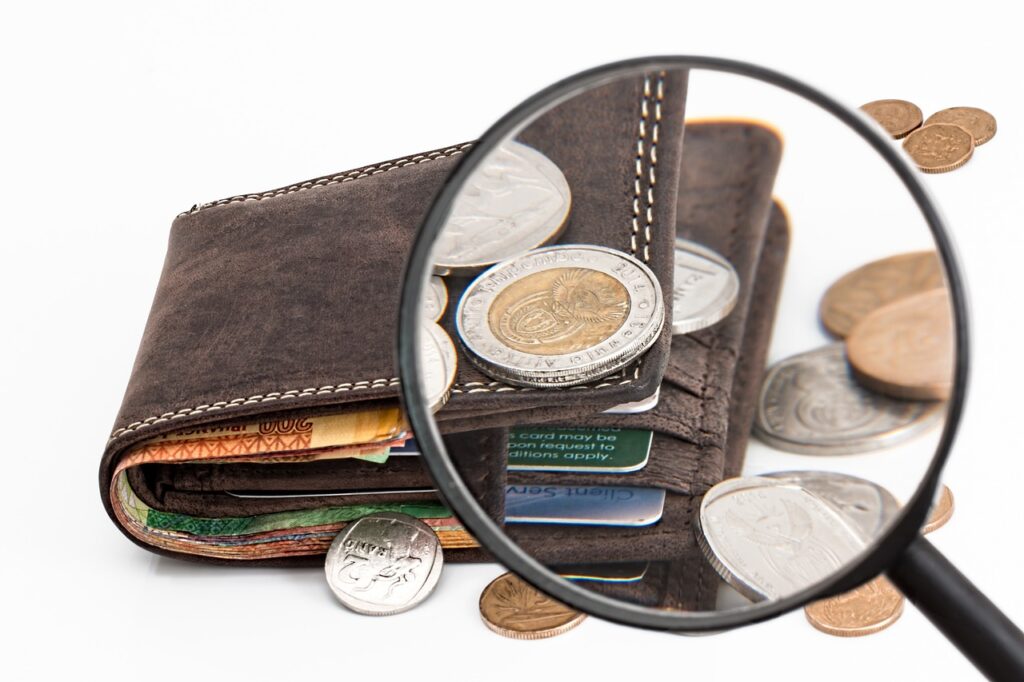Your Ultimate Guide to Understanding Credit Cards

You’re about to start your journey into managing your own money, and it’s completely normal to have questions. The world of credit cards can seem tricky when you’re just starting out. But don’t worry! We’re here to help. Welcome to our simple and easy guide on credit cards. We’ll explain everything you need to know, helping you feel more confident about handling your finances.
If you’re just beginning your financial journey, it’s crucial to understand one key fact about credit cards: the money you spend is borrowed, not yours. Some folks miss this point and think of a credit card as a ticket to unlimited spending. But here’s the hard truth: every time you swipe that card, you’re taking a mini loan that you have to pay back. People who forget this often spend beyond their means and end up in a sticky financial situation. They rack up high balances and get caught in a cycle of debt, struggling to pay off mounting interest and fees. It’s like getting stuck in quicksand; the more you struggle without a proper plan, the deeper you sink. So remember, smart and informed use of your credit card is the key to staying financially afloat.
What is a credit card?
A credit card is essentially a powerful financial tool, a plastic card, sometimes metal, issued by a financial institution, typically a bank. It enables you to make purchases by borrowing money up to a certain limit, rather than drawing from your own funds. It’s like having a personal, short-term loan facility that you carry around in your wallet.
When you use a credit card to pay for anything, be it a steaming cup of latte or a new laptop, you are essentially borrowing money from the bank that issued the card. You are then obliged to repay this money within a specified period. The total amount you owe at any given time is referred to as your credit card ‘balance’.
Moreover, each credit card has a ‘credit limit’, which is the maximum debt you can carry on the card at any one time. The room you have left for more borrowing, which is the difference between your credit limit and your balance, is your ‘available credit’. With every repayment, your available credit increases, making credit cards a revolving line of credit that you can tap into time and again, as long as you’re paying off your dues.
Credit Cards: The Basics
A credit card is your ticket to deferred payments. It’s like your bank giving you a small loan every time you make a purchase, which you can pay back later. However, it’s important to remember a few key concepts:
- Balance: The total amount you owe your bank from your purchases.
- Credit Limit: The maximum amount you can borrow from your bank at one time.
- Available Credit: The difference between your credit limit and your balance.
Credit Cards: The Do’s and Don’ts
Understanding what a credit card is and isn’t can help you make smarter financial decisions. Here are some facts to keep in mind:
Credit cards are:
- A convenient way to pay for goods or services.
- A tool for building your credit score.
- A secure method of payment.
Credit cards are not:
- Free money. You’re required to pay back whatever you spend.
- A debit card. With a credit card, you’re borrowing money rather than using your own.
- An ATM card. It can be used at a variety of locations, not just ATMs.
- A loan. You only owe money when you make a purchase.
- Unlimited money. Your credit card comes with a set limit.

Understanding APR
APR, or Annual Percentage Rate, is the yearly cost of borrowing money using your credit card. It’s essentially the interest rate you’ll pay on any balance left on your card after your payment due date. Here’s an example of how it works:
- Suppose your card has a 20% APR and a $1,000 balance.
- If you don’t pay the balance within a year, it would grow to $1,200.
- However, if you pay off the full $1,000 within the due period, you won’t incur any interest charges.
How to Build Credit with Your Card
Once you’ve got your credit card, it’s time to use it wisely to build your credit score. Here’s how:
- Pay on Time: Timely payments have the biggest impact on your credit score. Consider setting up an autopay feature or monthly reminders to ensure you never miss a payment.
- Keep Balances Low: Aim to use less than 30% of your credit limit.
- Request Credit Limit Increase: After consistent and timely payments, request your card issuer for a credit limit increase.
- Keep Your Account Open: The age of your credit account contributes to your credit score. Try not to close your oldest accounts.
- Apply for New Cards Sparingly: Each time you apply for a new credit card, it affects your credit score. Apply responsibly.
Choosing Your First Credit Card
Here’s what you should look for when selecting your first credit card:
- No Annual Fee: Since you’d want to keep your first card open for as long as possible to boost your credit score, choose one without an annual fee.
- Low Interest Rate: A card with a low APR is desirable, especially for beginners who might occasionally carry a balance.
- Rewards or Cash Back: Some cards offer rewards or cash back on purchases, which can be beneficial for regular use.
- Customer Support: Excellent customer support can be a lifesaver for any credit card related queries or issues.
There you have it, a comprehensive beginner’s guide to understanding credit cards. Remember, managing a credit card responsibly is the key to a solid financial future. Happy spending!



